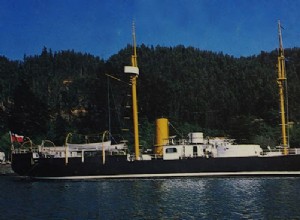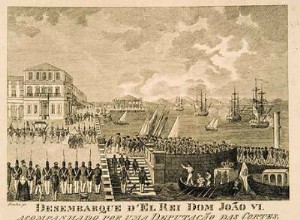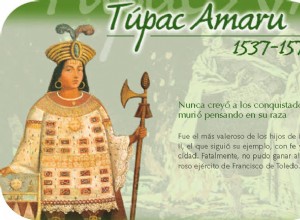The journalist Jaime Tipe Sánchez visited the Huáscar monitor in 1996. The press and the Peruvians hardly knew what happened to the ship that Grau commanded. On a new anniversary of the combat of Angamos we rescue the chronicle.Are you Peruvian? You come to see the Huáscar… your “ex” ship. There is




